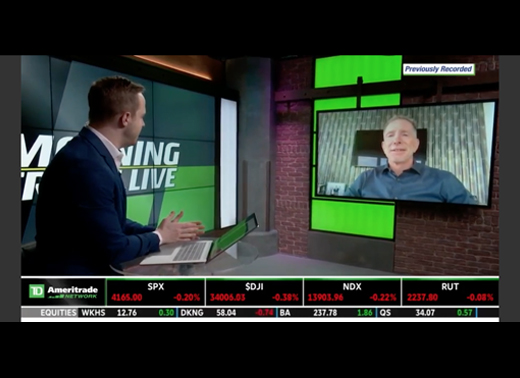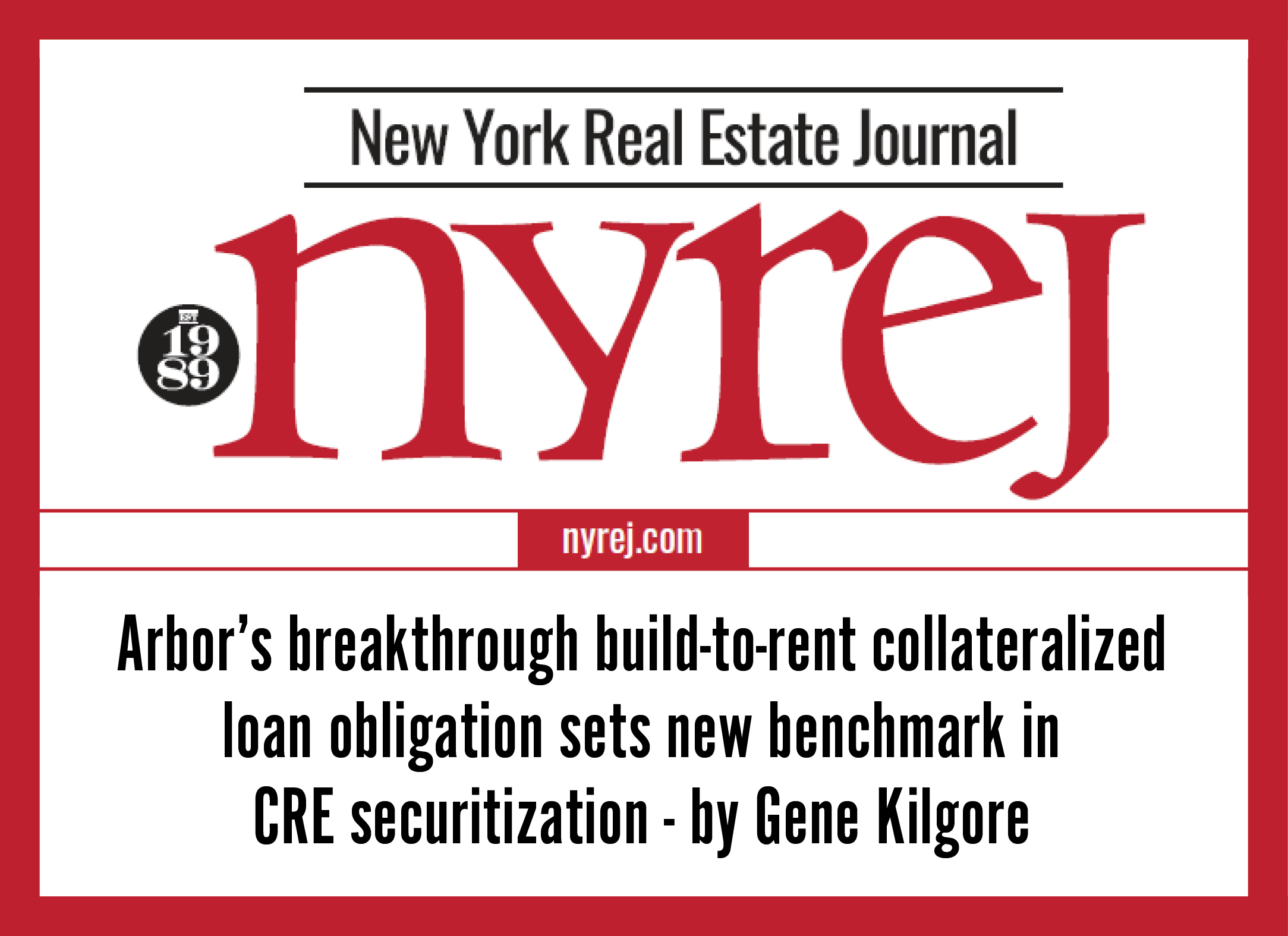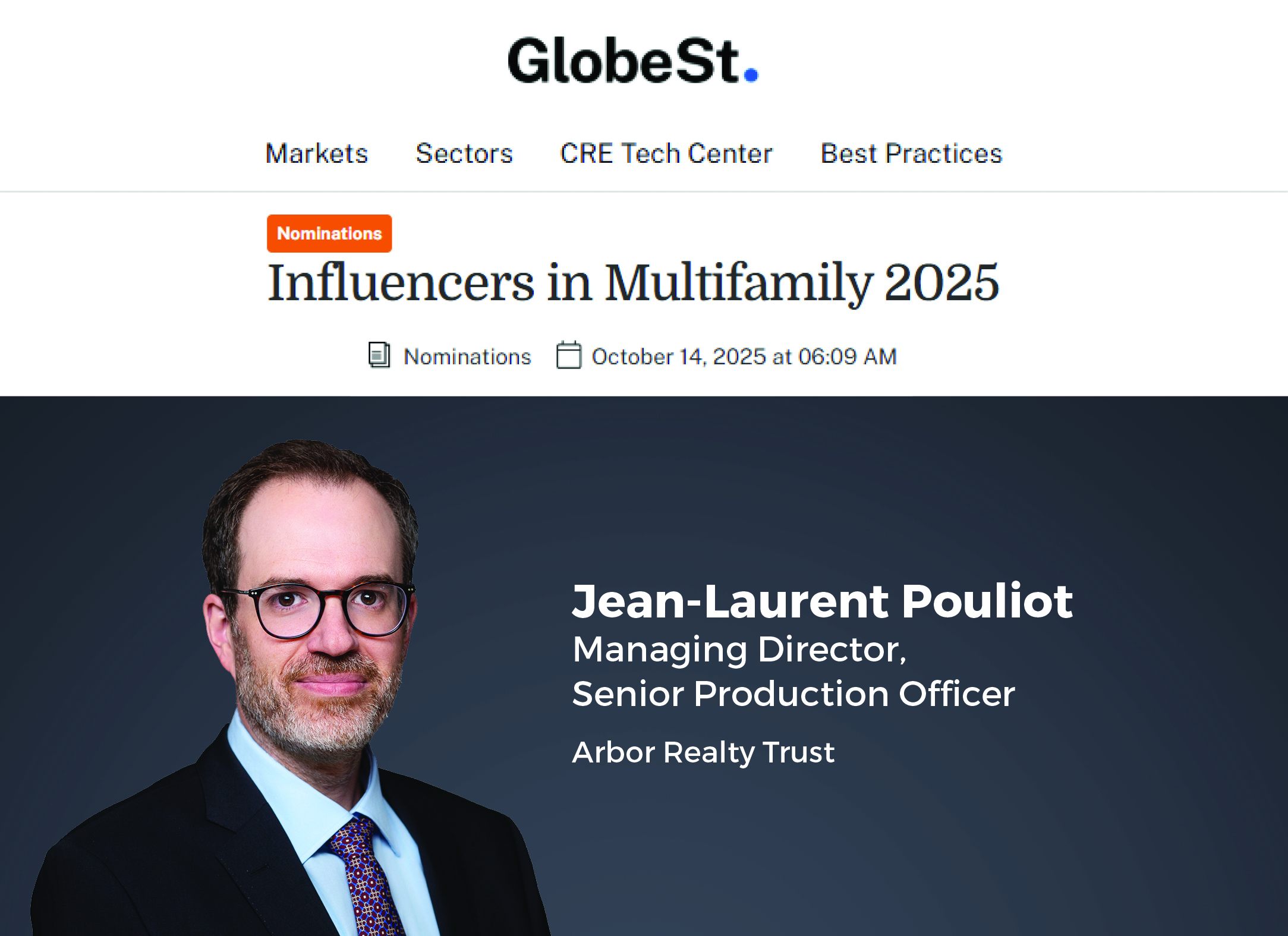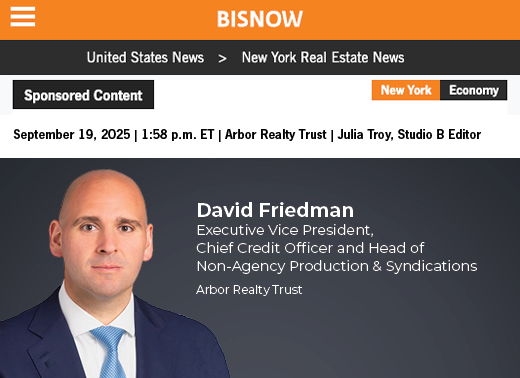Ivan Kaufman on TD Ameritrade Network: Behind the Build-to-Rent Boom

Arbor Realty Trust’s CEO discusses the factors contributing to the build-to-rent market’s growth and Arbor’s role in the space
While Arbor’s primary business is multifamily lending, it has an “extraordinarily large footprint in the single-family rental build-to-rent market,” noted Ivan Kaufman, founder, chairman and CEO of Arbor Realty Trust, Inc. (NYSE: ABR) in an interview on TD Ameritrade Network’s Morning Trade Live.
The asset class has been one of the most resilient parts of the market amid the pandemic, with strong fundamentals including stable rent growth. Increased demand for homes has resulted in surging prices, leaving those who can’t afford to buy to look into renting a home.
“That’s a phenomenon we’ll be experiencing in the next 12 to 24 months,” Kaufman forecasted.
Demographics are also supporting build-to-rent’s climbing market share. Millennials are starting to form families and looking for homes in more suburban areas. Builders are stepping up to meet this demand, developing communities of homes for rent or designating a portion of their single-family communities as for-rent homes.
Arbor identified the potential of the build-to-rent business in 2019, when it launched a proprietary Single-Family Rental Portfolio platform. Since then, it’s build-to-rent financing portfolio has grown from about $100 million last year to nearly $1 billion expected by the end of 2021, Kaufman noted.
The build-to-rent model has become “very viable, very cost-effective and now with people being priced out of homes or needing to move into homes because of covid, it’s going to explode,” he added.
Watch the full interview here.





